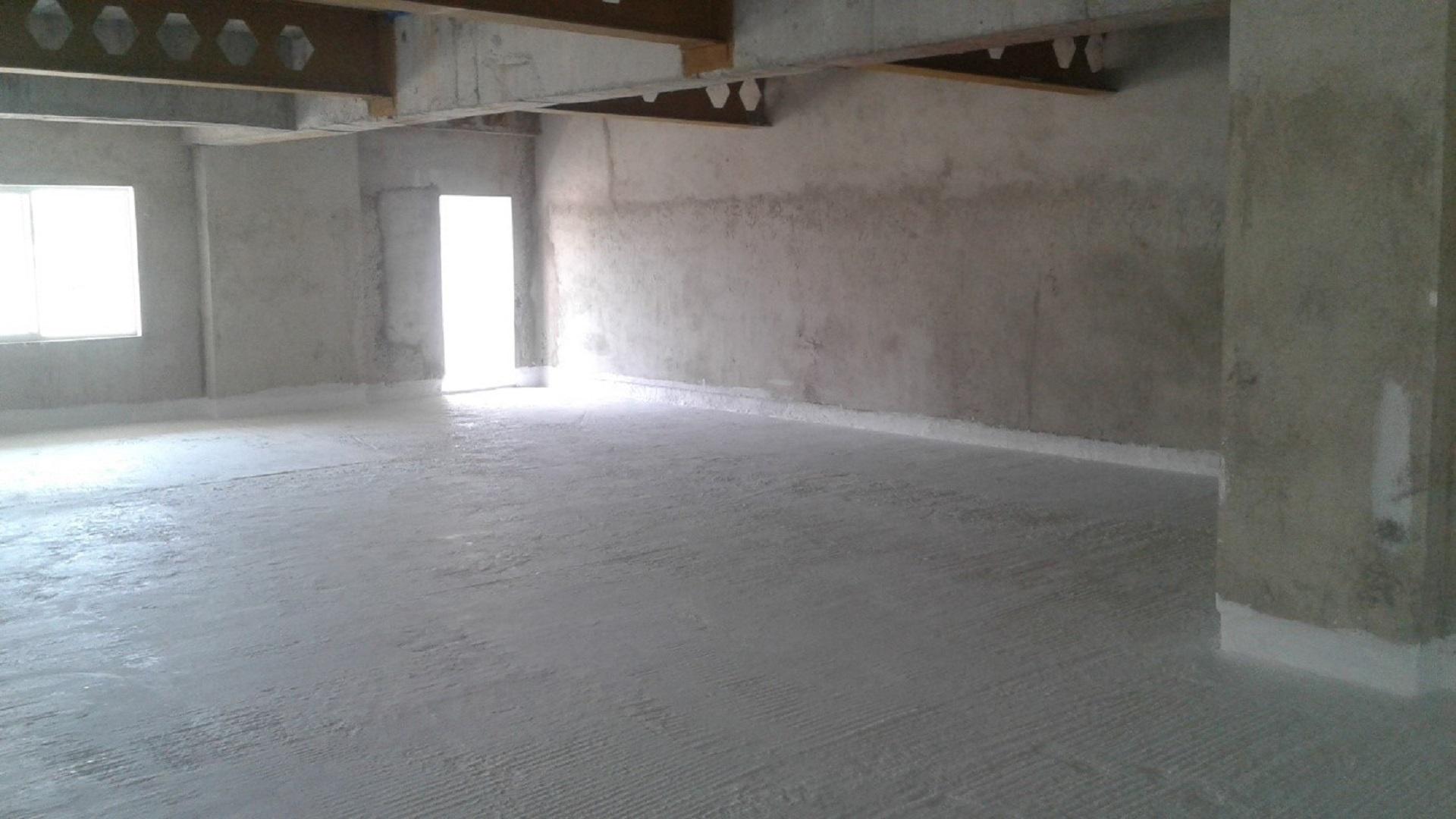1-part polyurethane sealant for building joints, is a one-part moisture curing elastic joint sealant based on polyurethane. It is suitable for outdoor applications.

OUR PRODUCTS
Characteristics + advantages: Single component, ready to use, weather-resistant, excellent aging resistance, movements capability of 25%, very good adhesion to many substrates, such as glass, concrete, wood and more, excellent workability, high tear resistance + sealing cracks and expansion joint treatment.
CoolCoat is a flexible, liquid applied, single component, UV/weather resistant acrylic waterproofing membrane. The long-lasting glossy, white colors reflect solar radiation/heat, keeping the interiors of buildings cooler. CoolCoat gives waterproofing and heat reduction benefits in one product, ensuring value for money. The waterproofing system can be further reinforced using glass fibre mesh.
Characteristics + advantages: Cross linking polymer gives excellent weather resistance and enhances service life, the high solar reflectance index (SRI) indicates high degree of cooling effect, crack-bridging, high resistance to chloride penetration, hence highly suitable for saline environment, algae and fungi resistant, highly flexible, simple and fast application, excellent adhesion to concrete, brickwork, corrugated asbestos, asbestos cement sheet and metal decks, UV/weather resistant, water-based hence eco friendly.
CoatFlex is a specialty styrene acrylic latex used for modifying hydraulic binder for flexible cementitous coating. It is manufactured by employing state-of-the-art emulsion polymerization technology ensuring product consistency.
Characteristics + advantages: Makes flexible two-pack waterproof coating, formulates single-pack crack filling compound, produces flexible mortars with hydraulic binder for ceramic tiles, makes cementitous insulation coating, UV-resistant coating.
When the crystalline coating is applied to a concrete surface, the active chemicals react with moisture and the by-products of cement hydration to cause a catalytic reaction which generates an insoluble, crystalline structure. These crystals fill the pores and minor shrinkage cracks in the concrete to prevent any further water ingress (even under pressure).
